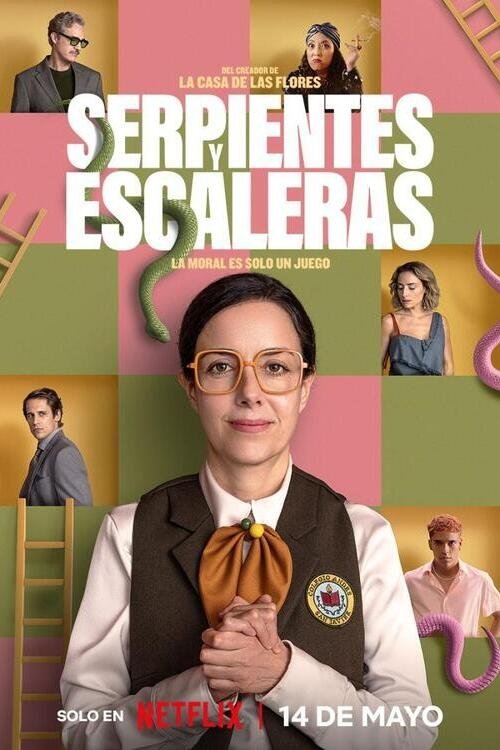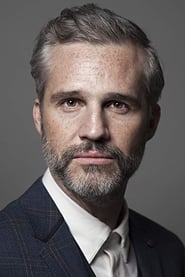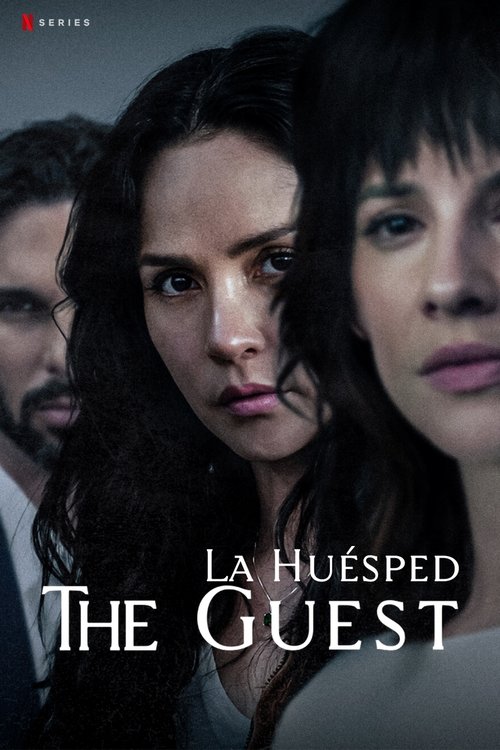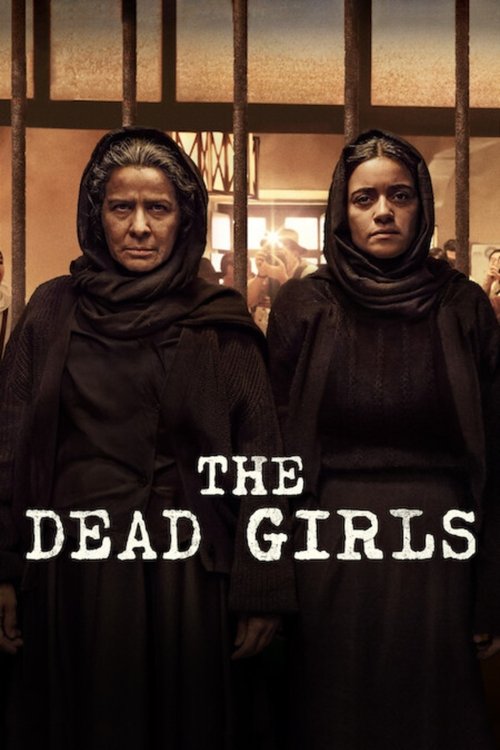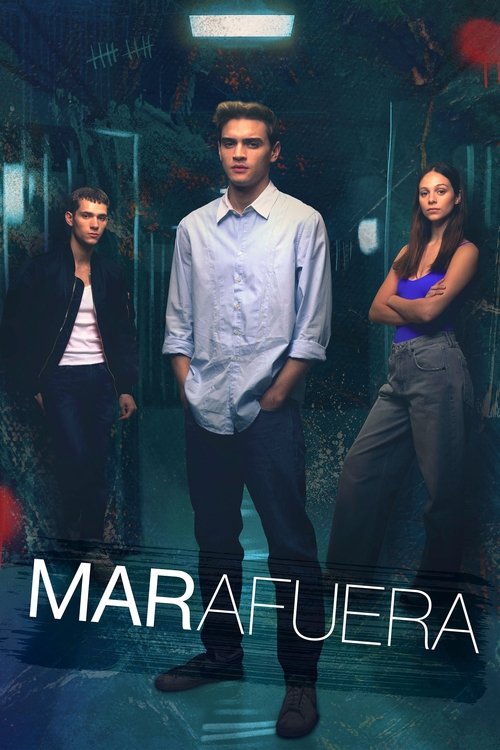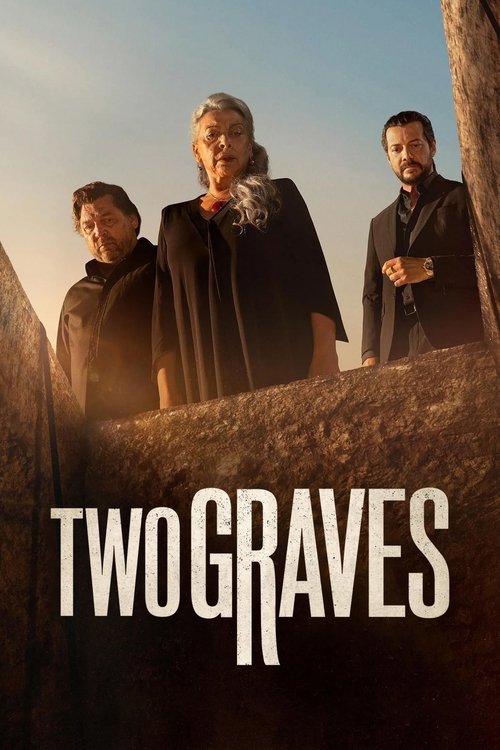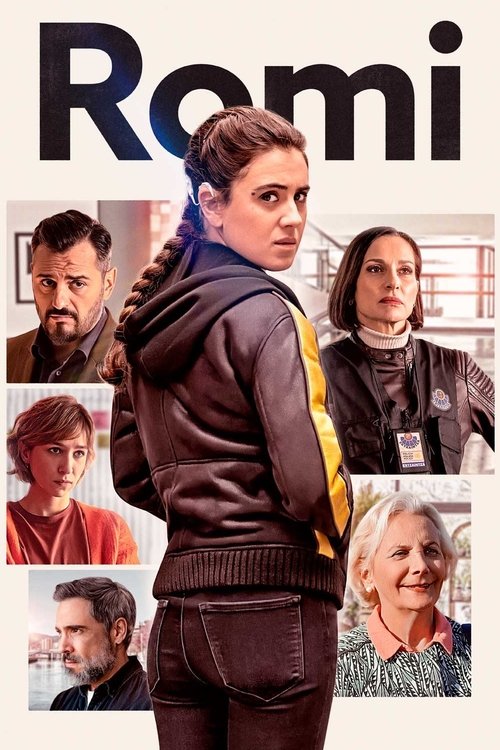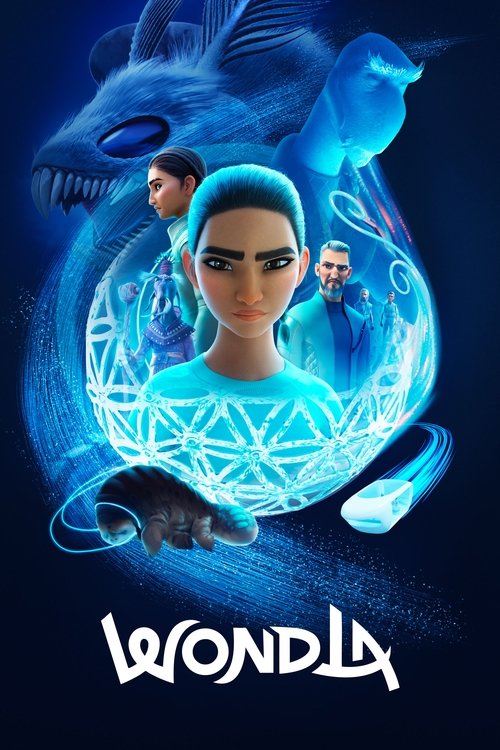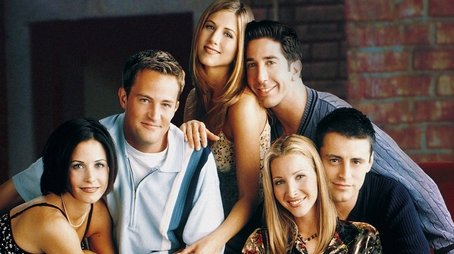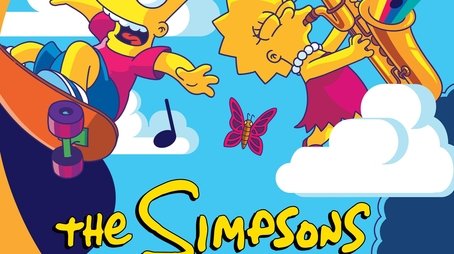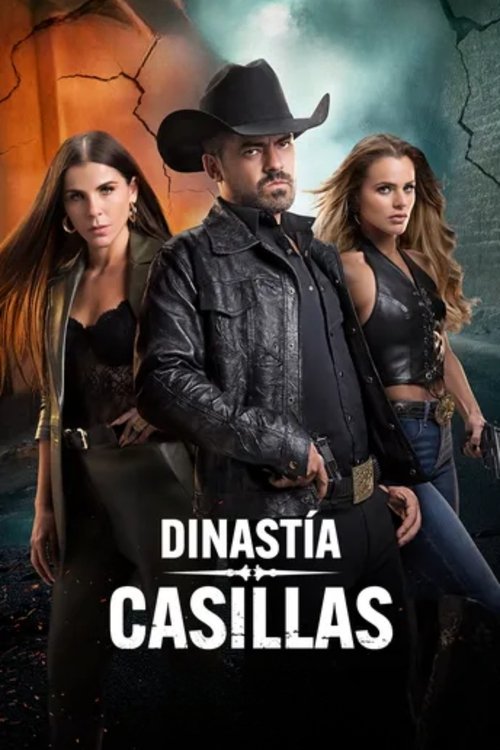
Ask Your Own Question
What is the plot?
The series begins with Dora, a school prefect at Andes San Javier School, preparing for her day as she listens to music. Upon arriving at school, she encounters Roque distributing flyers for Miss Paula, a candidate in the upcoming headmistress election. Dora tears up one of the flyers. Martha, a colleague, informs Dora that the headmistress, Miss Josefina, wants to see her.
In Miss Josefina's office, two sets of parents--Tamara and Vicente Garcia, and Olmo Muriel--confront each other over a dispute involving their children. Tamara and Vicente accuse Mariana (nicknamed Choquita) Muriel of crushing their son Vincentin's nuts during a fight, demanding Mariana's expulsion for sexual harassment. Olmo, Mariana's father and Tamara's ex-boyfriend, believes Tamara is exaggerating. Miss Josefina assigns Dora to investigate the incident and report back the next morning, warning her not to upset the influential parents Tamara and Vicente.
After the meeting, Tamara and Vicente forbid Vincentin from playing with Choquita. Vincentin defends Choquita, arguing she should not be expelled since both children fought and he also hit her. The parents insist Vincentin was only standing up for himself. Tamara leaves in her car, followed by Olmo, who tries to persuade her not to involve their children in their personal conflicts. Tamara ignores him and drives away.
Dora begins her investigation by interviewing the children and staff involved. She discovers that the playground fight was more complex than initially reported, with both children contributing to the altercation. Dora also uncovers underlying tensions between the families, including past romantic history and social rivalries.
As Dora delves deeper, she faces pressure from both sides. Tamara and Vicente attempt to influence Dora through subtle threats and social leverage, while Olmo tries to convince her to be fair and not let personal grudges dictate the outcome. Dora's ethical resolve is tested as she navigates these competing interests.
Meanwhile, Dora's personal ambitions to become the school's headmistress come into focus. She contemplates the political implications of the investigation and how her decisions might affect her career. She encounters temptations such as bribes in the form of chocolates and invitations to after-hours social events, including karaoke nights, which she initially resists.
Dora's investigation leads her to discover that the playground incident is a symptom of deeper issues within the school community, including power struggles among staff and parents, and a culture of secrecy and manipulation. She finds evidence of recreational drug use among some students, which complicates the school's image and adds urgency to resolving the conflict.
As the deadline for her report approaches, Dora faces a moral dilemma: uphold the truth and risk alienating powerful families, or compromise her principles to secure her position and maintain peace. She decides to write a balanced report that acknowledges the mutual fault in the fight but recommends disciplinary measures for both children to appease all parties.
The report triggers a series of confrontations. Tamara and Vicente are dissatisfied with the outcome and escalate their complaints to the school board, threatening legal action. Olmo publicly criticizes the school's handling of the case, stirring media attention. Miss Josefina struggles to maintain order and protect the school's reputation.
Dora's role becomes increasingly precarious as she is caught between the demands of the parents, the expectations of the school administration, and her own ambitions. She experiences moments of doubt and isolation but remains determined to navigate the political minefield.
In the climax, a heated meeting between the parents, school officials, and Dora erupts into accusations and recriminations. Dora stands firm, defending her report and the integrity of the investigation. The headmistress election looms, and Dora's stance influences the outcome, positioning her as a serious contender.
The season ends with Dora reflecting on the cost of her choices. She has gained respect but also made enemies. The playground fight has unleashed a chain of events that will continue to affect the school's community and her own future. Dora's journey from a principled prefect to a politically savvy leader is set, with the promise of further challenges ahead.
What is the ending?
At the end of Snakes and Ladders Season 1 (2025), Dora does not become headmistress as she hoped; instead, her friend Martha wins the election. Dora's ex-husband Antonio dies after falling down the stairs during a violent altercation. Olmo, a chocolate tycoon and Dora's ally, is exposed for drug use and linked to a murder, forcing him to flee with his daughters. Dora's betrayal of Olmo helps her climb the ladder of power, but the series closes with her in a complicated position, having gained influence but not the leadership role she sought.
The ending unfolds scene by scene as follows:
-
Antonio's Death and Cover-up
Dora's ex-husband Antonio, who had been exploiting his closeted son Tono and causing trouble, discovers Tono's sexual orientation and reacts violently. In a heated confrontation at Dora's house, Antonio falls down the stairs and dies after hitting his head on a trophy. Olmo and his lieutenant Lopez assist Dora in disguising the death as a drunken drowning accident, preventing immediate suspicion. -
Election Manipulations and Outcome
Josefina, the current headmistress nearing the end of her term, conspires with Tamara to cancel the upcoming election by claiming no candidates are available, allowing Josefina to remain in power. Olmo counters this by offering Josefina a director's position in his chocolate company, persuading her to step aside. Dora and Olmo then propose Martha Sanchez, a tarot specialist and Dora's best friend, as Dora's opponent. Martha, uninterested in power, unexpectedly wins the election, dashing Dora's ambitions to become headmistress. -
Olmo's Downfall
A video leak exposes Olmo's drug use and implicates him in a murder involving a missing man. This leak, orchestrated by Lopez and possibly facilitated by Dora's betrayal, ruins Olmo's reputation. Olmo's daughter, an influencer, faces backlash after revealing her boyfriend Nico is gay, leading to Nico's cancellation and subsequent recruitment by the governor as a queer right-wing political figure. Olmo, now isolated and disgraced, flees with his two daughters, leaving behind his chocolate empire and the indigenous people he once exploited. -
Dora's Rise and Compromise
Dora's betrayal of Olmo, despite his previous kindness, marks a turning point. She gains unexpected promotion and influence but not the headmistress position she desired. The series ends with Dora in a morally ambiguous place--having climbed the ladder of power through questionable means, her future uncertain.
Fates of Main Characters at the End:
- Dora: Does not become headmistress but gains power through alliances and betrayals; her ambitions are partially fulfilled but complicated by moral compromises.
- Olmo: Disgraced and implicated in criminal activity, forced to flee with his daughters, losing his business and status.
- Antonio: Dead from a fall during a violent confrontation.
- Martha Sanchez: Wins the headmistress election, unexpectedly taking the leadership role.
- Nico: Becomes the face of queer right-wing politics, embracing power despite contradictions.
- Tono: Wrongly accused but eventually freed after Olmo's daughter admits the truth.
This detailed sequence highlights the complex interplay of power, betrayal, and ambition among the characters, with each facing consequences that reflect their choices throughout the season.
Is there a post-credit scene?
The TV show Snakes and Ladders Season 1 (2025) does not have any information available indicating the presence of a post-credit scene. The detailed episode and ending recaps, reviews, and analyses of the series do not mention or describe any post-credit scenes or additional footage after the credits roll.
The series concludes with significant plot resolutions involving the main characters, such as Dora's rise to power, Olmo's downfall, and various intertwined subplots, but no post-credit scene is noted to extend or hint at further storylines beyond the finale.
What triggers the main conflict in Snakes and Ladders Season 1?
The main conflict is triggered by a seemingly minor schoolyard quarrel between two 8-year-old students from powerful families, which escalates into a major political scandal affecting the entire school community.
What are the key challenges faced by Dora, the protagonist, in the series?
Dora, a school prefect with ambitions to become principal, faces ethical dilemmas and is drawn into a world of political intrigue involving chocolate bribes, recreational drugs, tarot readings, and after-hours karaoke, all of which test her moral code and ambition.
How is Dora's character development portrayed throughout the season?
Dora's journey shows her slipping into the conniving world of school politics and corruption without much internal conflict or self-analysis, which some critics found made her character arc feel unconvincing and lacking depth.
What role does Dora's son Toño play in the story?
Toño, Dora's son, is a closeted homosexual whose struggles with his identity and the forced exposure of his status provide one of the few empathetic and well-developed subplots in the series.
Who are the antagonist couple and what controversial subplot involves them?
The antagonist couple, Vencente and Tamara, explore socially inappropriate sexual practices, which the show attempts to use for humor but has been criticized for being awkward, uncomfortable, and emotionally abusive toward a character unwillingly involved in their play.
Is this family friendly?
The TV show Snakes and Ladders (Season 1, 2025) is not family friendly and is rated TV-MA, indicating it is intended for mature audiences only. It contains severe sex and nudity, mild violence and gore, and mild alcohol, drugs, and smoking. There is no profanity or frightening scenes reported, but the sexual content is significant enough to be a concern for children or sensitive viewers.
Potentially objectionable or upsetting aspects for children or sensitive people include:
- Explicit sexual scenes and nudity described as severe in intensity.
- Mild violence and some gore, though not intense or frightening.
- Mild depiction of alcohol, drug use, or smoking.
- Themes involving lies, corruption, and morally ambiguous behavior in a school setting.
Given these elements, the show is clearly aimed at adults and not suitable for children or those sensitive to sexual content and mature themes.

